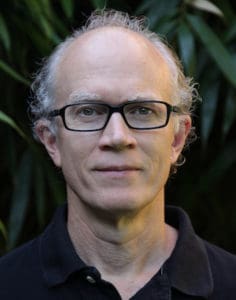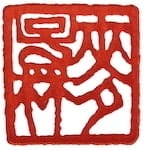The systems or currents of medicine we practice, that too gives a framework, a perspective, that helps us to orient and make sense of a patient’s experience and then how we might be able to help them.
For many cultures, dreams are a powerful kind of sensing that speak with a language of their own and can carry important information from our subconscious up into that thin sliver of awareness that we usually give credit to for running the show. But dreams have their own way of holding and conveying information, and our rational mind is not particularly well suited to that particular non-verbal language. So how do we learn to tune our ears and sensing to the fluidic symbolic language of dreams?
It is doable and there are some surprising possibilities that arise with the right kind of inquiry. Listen in as we sit down for a discussion on dreaming and East Asian medicine.
- How Bob got started in Dream work
- How Dream work fits in Chinese Medicine
- Case Study – The first dream Bob worked
- Looking for repeated themes, getting clear on the images
- Symbolic language/ Projective Dream work
- Ling Shu and Dreams
- A couple of illustrative case studies
- Carl Jung’s perspective on dreams
- Some resources for dreamwork
Tips for listeners:
1) Put paper and pencil next to your bed and start to work your own dreams. You need to get up and write the dream down right away or it will drift away. And, yes, this is tough at 2 AM, but you need to do it. Some people instead use their phone and make voice memos with key words from the dream, and then upon waking they are able to reconstruct it. Once you have built some familiarity with the terrain of your own dreams, you can start to offer it to patients.
2) Look for repeated themes in the dream images. If it is an important aspect of the dream it will be repeated in various different symbols.
3) Stay in the images themselves!! Do not use them to see your favorite AOM theory everywhere.
4) Don’t try to be a Jungian dream therapist (it takes years of dedicated study); instead seek to use your Chinese medicine knowledge as a lens through which to view the dream happenings and images.
 Bob Quinn is a full-time Assistant Professor in the School of Classical Chinese Medicine at NUNM in Portland, OR. He has been in practice for 20 years and has a number of areas of interest. In this podcast his fascination with the role of dreamwork in clinical practice is explored. The Nei Jing supports this use of dream images in our diagnostic assessments of our patients (see Ling Shu, chapter 43).
Bob Quinn is a full-time Assistant Professor in the School of Classical Chinese Medicine at NUNM in Portland, OR. He has been in practice for 20 years and has a number of areas of interest. In this podcast his fascination with the role of dreamwork in clinical practice is explored. The Nei Jing supports this use of dream images in our diagnostic assessments of our patients (see Ling Shu, chapter 43).
Bob studied with Jeffrey Taylor from 1993 until his recent passing. Jeremy was acknowledged as a leading international figure in driving the strong interest in recent years in delving into dreams in the non-professional community—Jeremy himself was trained as a Unitarian Universalist minister, not as a therapist. What Bob has done in his work is take Jeremy’s style of dreamwork—he called it Projective Dreamwork—and use it as his way of working with patient dream images.
In this way we can expand beyond the paucity of images listed in the Nei Jing. It is one of Bob’s passions to reintroduce this neglected part of our medicine back into common practice. The insights that dreams hold into the deeper layers of our patients are hard to find in other approaches, and this is perhaps why all systems of traditional medicine have valued dreams so highly.
Support Qiological by Being a Contributing Subscriber
Links and Resources
Jeremy Taylor is the preeminent figure in the world of Projective Dreamwork. His website, www.jeremytaylor.com is a good place to start.
Read Bob’s article that was published in the North American Journal of Oriental Medicine on Dreams, Needles and Healing
Where People Fly and Water Runs Uphill
The Wisdom of Your Dreams
Dreamwork, techniques for discovering the creative power in dreams
Join the discussion!
Leave a comment on Qiological’s Facebook page.
